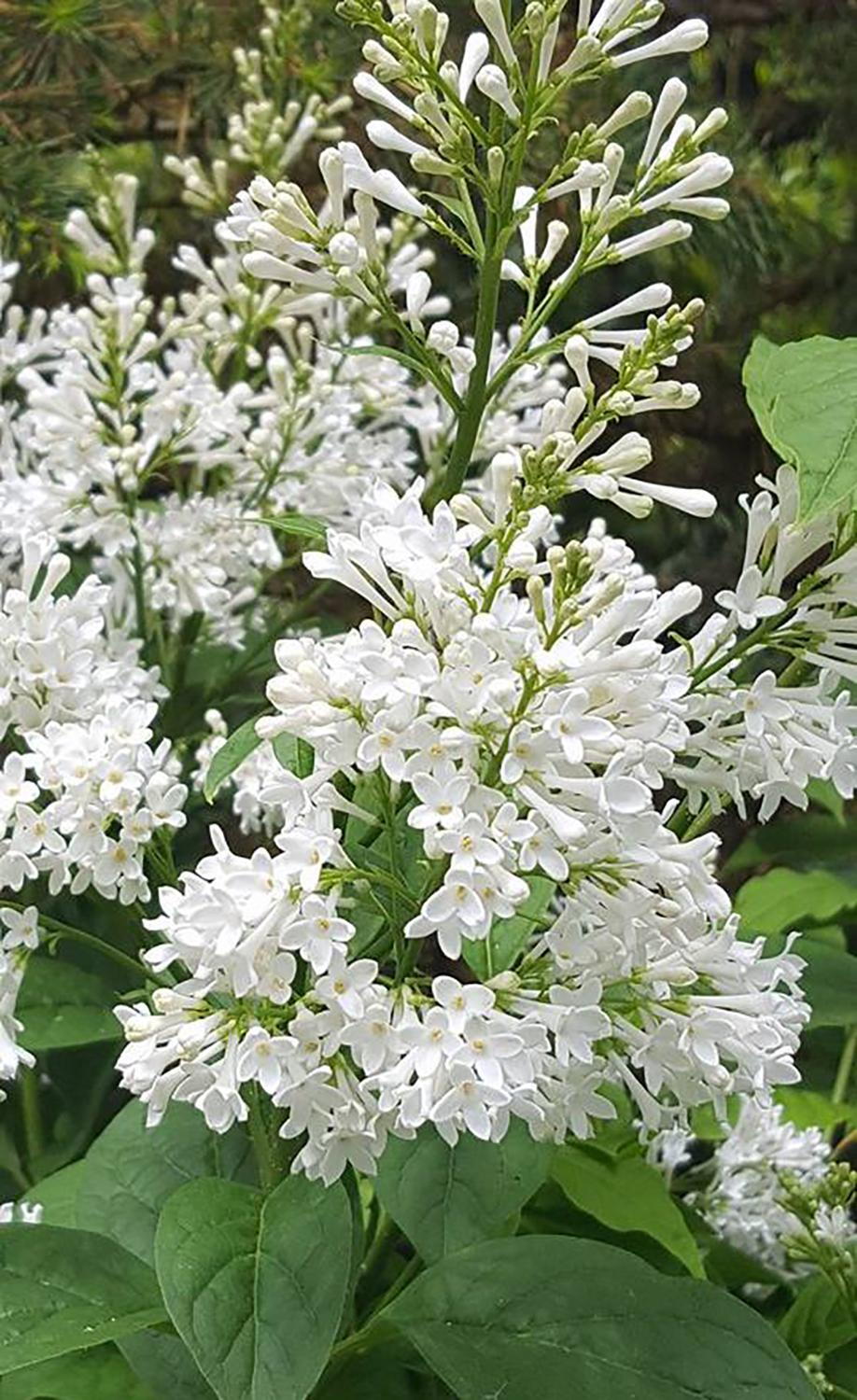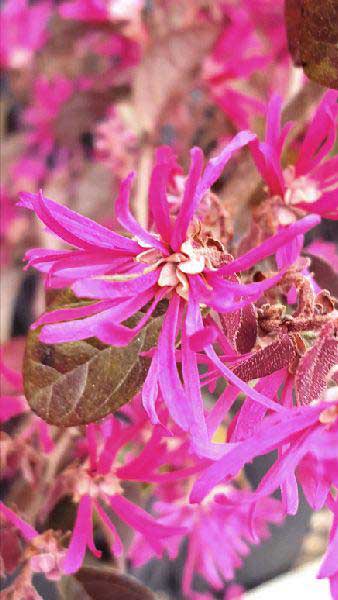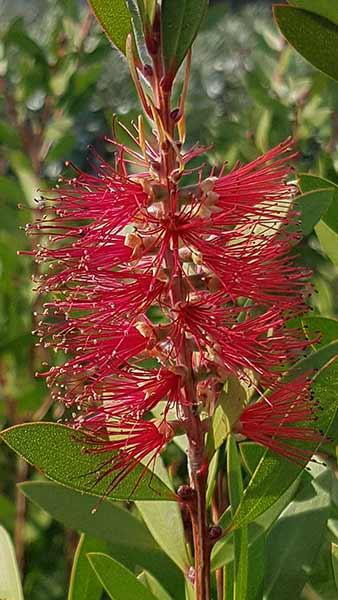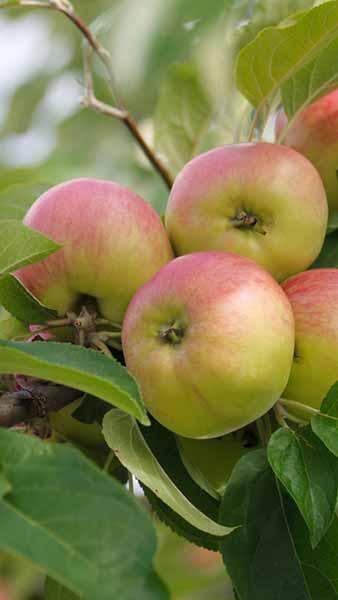Malus Domestica James Grieve Apple Tree AGM Scottish Apple
Malus Domestica James Grieve Apple Tree is an RHS AGM-winning deciduous fruit tree of Scottish origins with dual purpose apples that are perfect for both eating and cooking. It suits small to medium-sized gardens.James Grieve apple is an old classic variety raised in Scotland in 1838 by James Grieve. It’s notable for its early season acidic flavour followed by a sweeter taste that’s better suited to eating fresh.This is a medium-sized tree that produces masses of white-pink blossom in April and May, followed by a heavy harvest of medium-sized pale green and yellow striped apples with a red blush. It ripens earlier than other April-May blooming varieties, with apples ready to pick for eating in September.James Grieve apple tree is a superb multi-purpose fruit tree for a compact space.Height and Spread of Malus Domestica James GrieveJames Grieve apple trees generally reach 5-7 metres tall and 4-5 metres wide. It’s a medium-sized tree that suits most sized gardens.How Hardy is Malus Domestica James GrieveFully UK hardy, this apple is tough enough to withstand winter weather if its roots are well-drained and it receives full sun.How To Use Malus Domestica James GrieveJames Grieve is rarely available in supermarkets because its flesh bruises easily. However, it is remarkably disease tolerant, a good pollinator of other fruiting trees, and highly tasty. It’s well worth growing at home as a change from bland store-bought apples.This rare apple is good for cooking in pies and pastries, eating fresh, juicing, dehydrating and freezing. It’s a good all-rounder for apple lovers.How To Care For Malus Domestica James GrieveChoose a well-drained spot in fertile soil that gets plenty of sun. A sheltered position with protection from harsh wind helps retain blossom.Water this apple tree well for at least a year and apply a thick layer of organic mulch to its roots in early spring.In late winter, remove dead, diseased, or crossed branches, and shorten branches by one-third to an outward-facing bud. Creating an open vase-shaped crown encourages airflow, ripening, and a healthier crop of delicious apples.James Grieve is a group 3 partially self-fertile apple that benefits from a pollinating partner, but can produce fruit without one. Use any Group 3 apple for a pollinating partner such as Bramley’s Seedling or Elstar.We also have many varietis of apple trained as Espaliered Fruit Trees, Pleached Apple Trees, Fan-Trained Apple Trees and Standard Patio Fruit Trees. See also - Creating an Orchard Garden.







